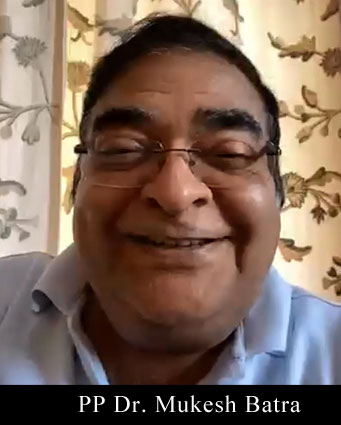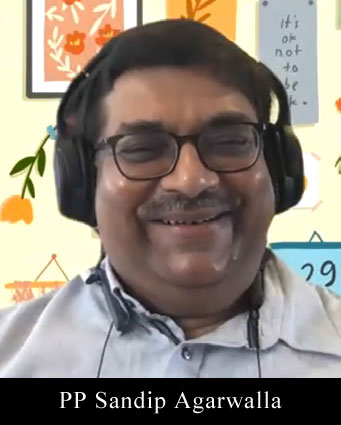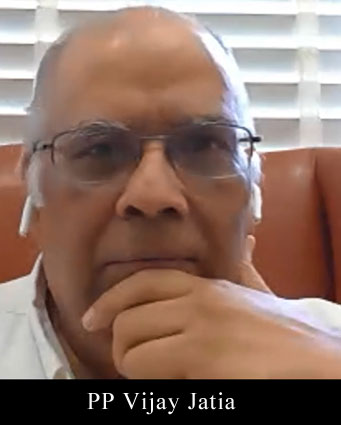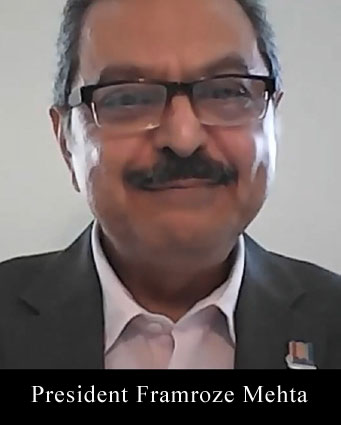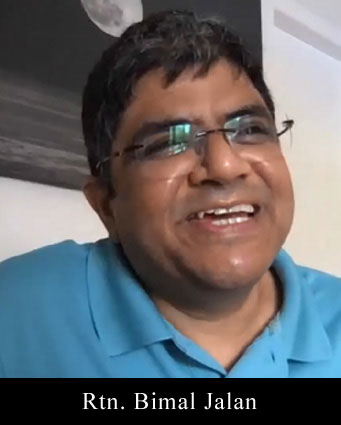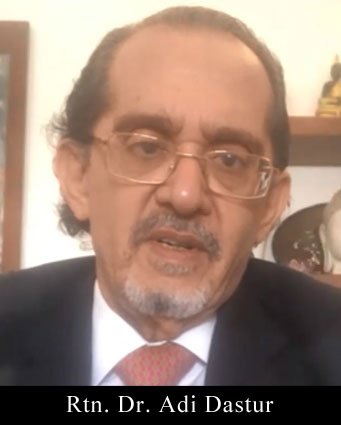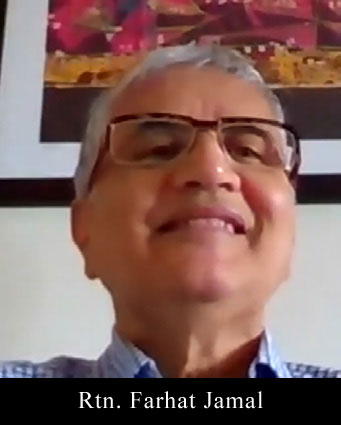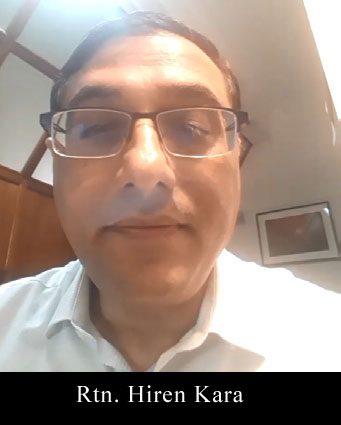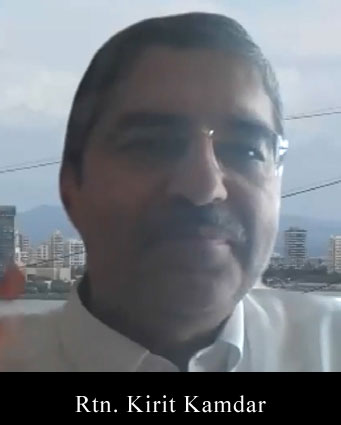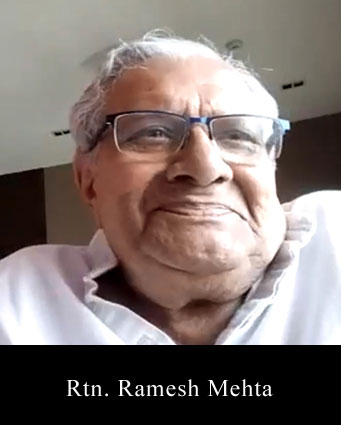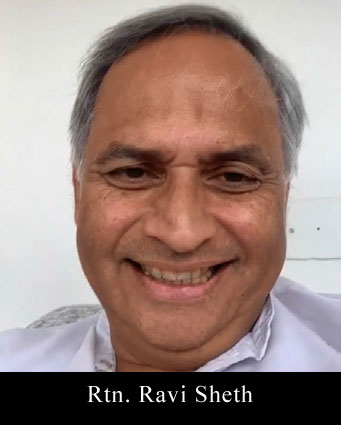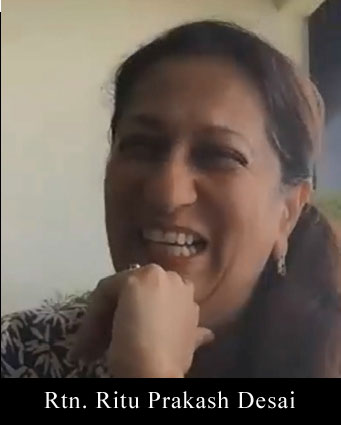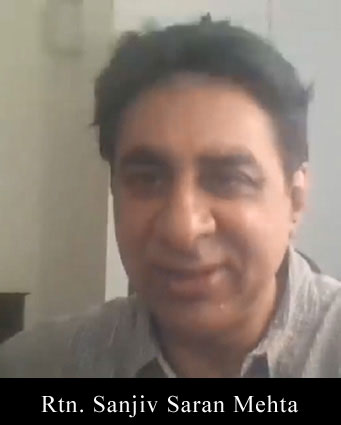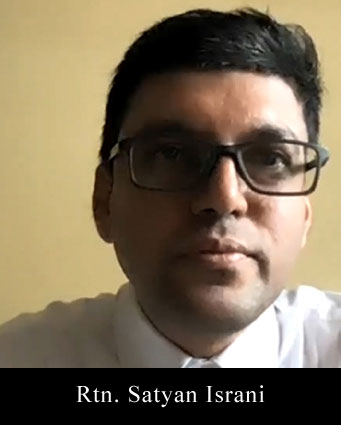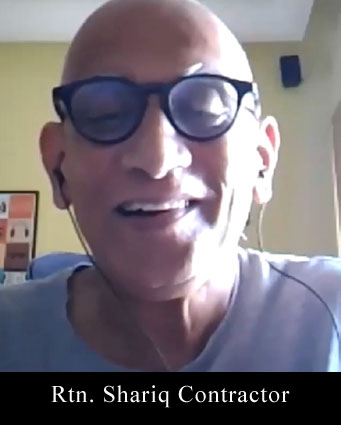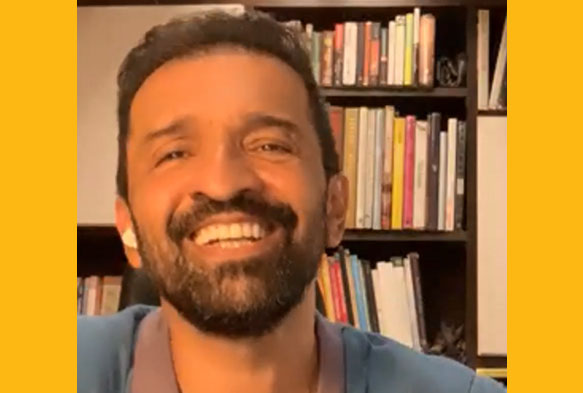
“My simple philosophy of life: just never go to work!” says celebrity photographer, talent manager and film producer, Atul Kasbekar
WHEN I WAS A STUDENT OF CHEMICAL ENGINEERING, THERE WERE JUST THREE GIRLS IN MY CLASS. ALL OF THEM WERE SMARTER THAN ME AND IF I TRIED TO GET LUCKY USING ANY CHEAP LINES, THEY SAW RIGHT THROUGH ME. MY ONLY OPTION WAS TO TAKE UP PHOTOGRAPHY WHICH I ENJOYED THOROUGHLY. MOST KIDS IN THOSE DAYS BECAME A DOCTOR, CA, ENGINEER OR A LAWYER BECAUSE IT WAS THE THING TO DO FOR THE MALE OF THE SPECIES.
To be an artist of any kind made you the black sheep of the family. The eldest of us siblings has a Masters in Mathematics and he does Sudoku puzzles all day. The next one is an architect, then there is a doctor, chemical engineer and then a CA.
When I became a photographer, my dad asked, “Okay, but what are you going to do for a living?” No disrespect intended but, at that time, the photographer was seen as the guy who came to functions and said things like: ‘Sir, little closer! Say cheese!’ It was a process to make dad understand that it wouldn’t be a life wasted.
Part of the process involved me talking to someone like Gautam Rajadhyaksha whose work I really admire and Prahlad Kakkad. Prahlad said something that made a big difference to me: 95 per cent of humanity goes to work and only five per cent enjoy what they do, in which case, if you have fun all day and someone gives you a cheque at the end of it, what could be nicer?
I was quite clear which side of the 95 per cent I wanted to be. I asked myself what do I like to do without someone telling me what to do? And that was photography! This year is special for me because I have been 30 years in this business. I came back from LA in 1990.
The world seemed to have come to an end for people like us this year for whom livelihood depends on human contact. I can’t take a picture remote-controlled nor can I make a movie remote-controlled.
Fortunately, I just started with a shoot with Vidya Balan and another with Sachin Tendulkar. This is great because in my very first year of shooting, I shot with a young boy who had started with the Indian team. I was reminding him about it but before I could finish, he said, “We shot at Bata Tower, Taj Palace Delhi and I could barely speak English and I was so happy that someone could speak Marathi in the nation’s capital.” It has been an enduring friendship since.
In a profession like ours, there is a time span in which you are red hot. In art, especially, it is difficult to stay relevant and that word is probably the most important word in my vocabulary. I talk to kids all the time in my role as a brand ambassador for some camera company, like Nikon, now. I tell them that for them to be relevant in what they do is important.
That brings me to a line by Mr. Bachchan, “Every morning is a fight, it matters very little what you did till the night before because when you wake up, you have to prove yourself all over again.”
I try not to mention the movies gone by, they may be a passing reference, because what one has done last is more important. It does help to open the door, though, to say that our first movie Neerja won the National Award and smashed every single reward.
As a photographer the process of reinvention and being relevant as a result of reinvention is critically important. When I started, I was 25 years old. The art directors in the agencies that were commissioning the work were the same age or 10 years older so one could relate to them. As one gets older, the people who were your contemporaries, who handed out the print assignments, they became national creative directors and were looking into agency policy, hunting for new clients and making pitches.
All of a sudden, Prasoon Joshi is a chairman of a company and Sonal Dabral is the chairman of another. You can’t pick up the phone and say, “Hey, aren’t you going to give me some work?” They have all passed that point. The art directors now handing out the work are still between 28-38. No matter how cool you are, at the end of the day, you are going to be a 50+ uncle. So how do you stay relevant in a space like this which is, essentially, a young man’s job? It was always terrifying for me.
Then there is the Kingfisher Calendar which, in my head, was a combination of the legendary Pirelli and Sports Illustrated calendars. Pirelli is shot by different people every year and it goes from the desk of the Pirelli chairman to an August guest list all over the world. Sports Illustrated is a swimsuit calendar that anyone can acquire at a bookstore or online.
We wanted to do a combination. I prepared a 45-minute pitch for Vijay Mallya and before I could finish, within 10 minutes, he okayed a swimsuit calendar that goes to the desk of the chairman and you cannot acquire it.
Something you cannot acquire suddenly becomes something that you must have. There was a lot of marketing genius from the UB side of the fence and I am happy to say that what happened as a result, in a small way, contributed to celebrating the Indian woman.
Until that point, the girl in the swimsuit was the bad girl in Bollywood. She was the one who enticed the sweet hero and made him smoke and drink. She was the mol who hung on Ajit’s arm and her name was likely Mona Darling and that’s the vibe, anyway.
In alcohol advertisements, those days, you would see a lean-mean machine like a sports car or bike and then there would be a woman. I remember shooting with Shilpa Shetty and she was wearing a leather jacket. There was something crass about it, something very cheese cakey, nothing classy.
The first time I asked someone to be part of the calendar, all the famous models at that time declined. They said: ‘we love you to bits but we can’t do swimsuit modeling.’ All the girls that did it, whether it was Yana Gupta or Ujjwala Raut, were people who had international experience and foreign agents and so on. It became a thing where it was socially acceptable for them. But, from the second year onwards, I routinely had mums come to me and say their daughter was great looking and had a fab body and offered to have her shoot for the calendar. We managed to celebrate the fact that an Indian woman can be gorgeous and super fit and proud of her body.
There is fit and there is swimsuit fit. People think, for some reason, that models are anorexic, they eat lettuce leaves and don’t have milk products and are all gluten- and lactose intolerant. Not true! They are super fit and super strong which is what you need for this.
My biggest hero is Clint Eastwood who just turned 90 and, in his 80s, directed movies like American Sniper, Richard Jewell, Sully. His famous line is: Don’t let the old man in!
When I turned 55, I went to Campion School. We had a pretty illustrious group in our batch: people like Rajdeep Sardesai, Ashish Bhasin and lots of doctors. We formed a fitness group which is doing really well and the fitness group DP is Clint Eastwood saying: Don’t let the old man in!
We have set targets just to be relevant physically and not embrace this bit about I am getting old and that it is the end of my life.
From a group of about 65-70, we are 20 and there have been remarkable changes in some. One of them who has publicly advertised it is my great friend Biren Vaidya who has the Rose Group. He is now 25 kg lighter and is fitting into his son’s pants and shirts. He has let the whole world know how beautiful he is looking.
I have actually been a disciple of the great MF Hussain. When he was in exile, the guy who managed his money was a schoolmate of mine and I spent a lot of time with Hussain saab. He had a Bugatti Veyron, the fastest street-legal sports car which he bought, and then parked inside his house and closed it up. I asked, “Hussain saab, that is a Bugatti, what is it doing in your living room?” His thing was that all artists need inspiration from everything other than their own art.
If I travel, for example, for the longest time I would not bother for the clubs and all. But if you told me that in London on a street somewhere there is someone who makes great waffles and pancakes, I’ll stand in line and get it. If you say your mom makes great bharta, I’ll beg you to get some over and at the same time I will make a booking at Fat Duck and spend some obscene amount of money as well as visit museums and so on. The process of assimilation is to be a sponge and absorb from everywhere else. And then what happens is in the 125th of a second that I am pressing the shutter and stopping life, so to speak, it is a moment that is distilled in an artist, thanks to a cocktail of experience over the years. To be that is something that, I find, for anybody in the visual art, is probably the most important thing.
No creative person should manage their own business, it is a bad idea, you should always have someone doing it for you which is what is happening in the US. When I came back, I thought I would look for an agent to manage my work and there was no such thing. It was in the back of my head that someday I would like to start a talent management company which could let creative people just create. We would pitch them, get them a great deal, crack their contracts, etc, and that what something that the agency would do.
I started a company called Bling! which is doing very well and from writers to cameraman, directors and social media influencers, which is the current big thing.
One fine day a guy looking like Jesus walked through our door and said he had written Mary Kom, his name was Saiwyn Quadras. He had written a seven-page story on Neerja Bhanot. I was in the US in ’86 when her plane was hijacked at Karachi and, obviously, because it was Pan-American, I was familiar with the story. I read the 7-8 pages and I don’t know what got into us, but I said let’s make this film. I took it to my old friend Ram Madhvani, who is one of the brightest minds in cinema. Neerja went on to be a box office hit and won a couple of National Awards and a lot of others. It set the grounds for us to make movies on sensible budgets which are profitable on the table before they go for a theatrical release which means the sales of digital satellite music has a pretty much cost covered in.
We made Tumhari Sullu after that and then Why Cheat India which, unfortunately, released after Uri, which wiped out everything in its path but it was still profitable because it was pre-sold and our studio partners T Series ended up making money out of it.
The next film is the remake of the German classic Run Lola Run, it is called Loop Lapeta and stars Tapasee Pannu in the lead. We were meant to start in April but unfortunately again some guy ate a bat in Wuhan and now we are shooting in November in Goa. Apart from that there are a bunch of other motion pictures in the mix.
To sum up, the best advice given to me still goes through. For me, if it is not engaging, I won’t do it. I have the attention span of a grasshopper. It needs to be interesting and if it is not, I have to make it interesting and when that happens then you are never at work and that is my simple philosophy of life. Just never go to work!

